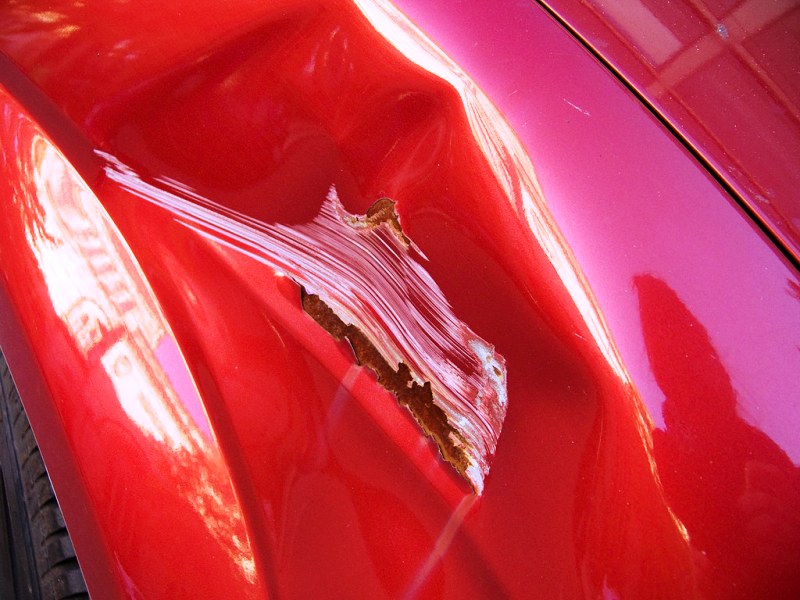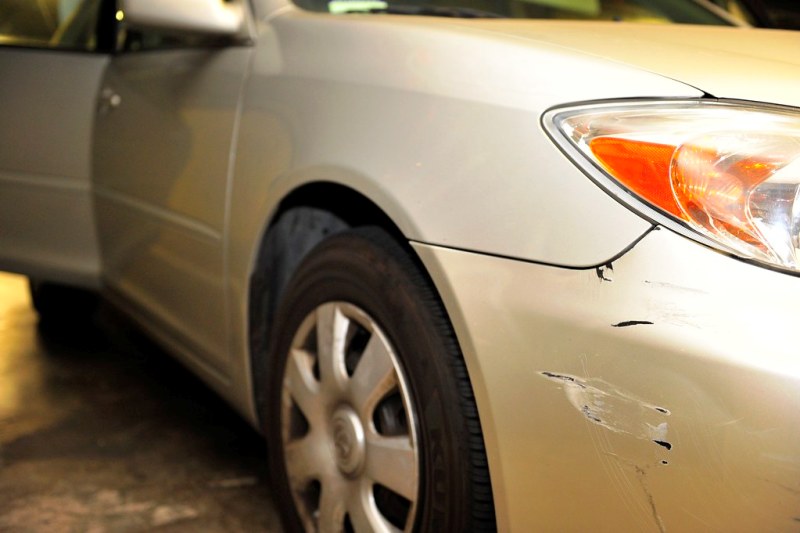The body is the external structure of the vehicle. It consists of an assembly of plates pressed together. They are designed to :
– protect the mechanical parts,
– shelter the passengers,
– to give an aesthetic appearance to the vehicle.
Different types of materials for the bodywork
The car is designed with a body made of different alloys. Among the main ones:
– aluminium,
– the tin,
– carbon fibre (especially for competition vehicles).
The chassis: the supporting structure of the bodywork
The chassis is an element of the automobile that supports all the mechanical organs as well as all the body parts.
There are several types of chassis:
– the shell chassis: the most used, it combines a chassis and a one-piece shell,
– the elementary chassis: an assembly made up of longitudinal and transverse rods, is no longer manufactured on today’s cars,
– the platform frame:
◦ structure designed in the same way as the elementary chassis,
◦ a sheet metal floor is attached to the side frame: its role is to support the bodywork,
– the box frame: a set of mechanical elements, it is presented in the form of a block that can receive a conventional shell connected by elastic fixing points.
New body shapes: aerodynamic
The aerodynamics of the car has been improved to limit air resistance. Its purpose is to:
– to reduce the power of the engines,
– to increase the speed of vehicles,
– to reduce fuel consumption.
Body scratches
Whether they are superficial or major, body scratches can be repaired at home.
Repairing a vehicle’s bodywork may be necessary in various cases: body scratches, body dent removal, body protection, etc.
Body scratch: solutions for surface damage
A body scratch can fade or disappear without the need for professional help.
Several types of repair products for scratches
To remove a surface scratch on the bodywork, there are products in paste or liquid form. These products can be used when :
– a micro scratch,
– a shallow body alteration,
– a slight scratch.
Repairing a small scratch: instructions for use
After cleaning the surface of the bodywork with a scratch:
– Apply anti-scratch product to a soft, clean cloth,
– Apply the product to the area to be treated,
– Spread the solution superficially at the location of the scratch,
– allow drying for 15 to 30 minutes: the drying time is stipulated in the instructions for use.
When the anti-scratch product is dry:
– rub and wipe with light, circular movements,
– Polish with a soft, clean cloth.
Body scratch: in case of severe damage

If the scratch is deep, it may require major renovation work.
Repair products for large scratches
Scratches are considered important in the following cases:
– an absence of varnish and paint with a white streak,
– deep alteration of the bodywork resulting in roughness on the surface of the body.
Some products have proven their effectiveness:
– body pencil of the same colour as the car,
– polish,
– fine-grit sandpaper.
Repairing a large scratch: instructions for use
To treat the deep scratch, here’s how to proceed:
– sand the area to be treated with fine-grit sandpaper to remove all body paint chips,
– apply the body pencil to the area to be corrected,
– allow drying for 15 to 30 minutes according to the manufacturer’s instructions,
– buff with polish and a clean, soft cloth.
Note: When the scratches are really too deep or the area to be treated is large, it is best to call in a professional.

